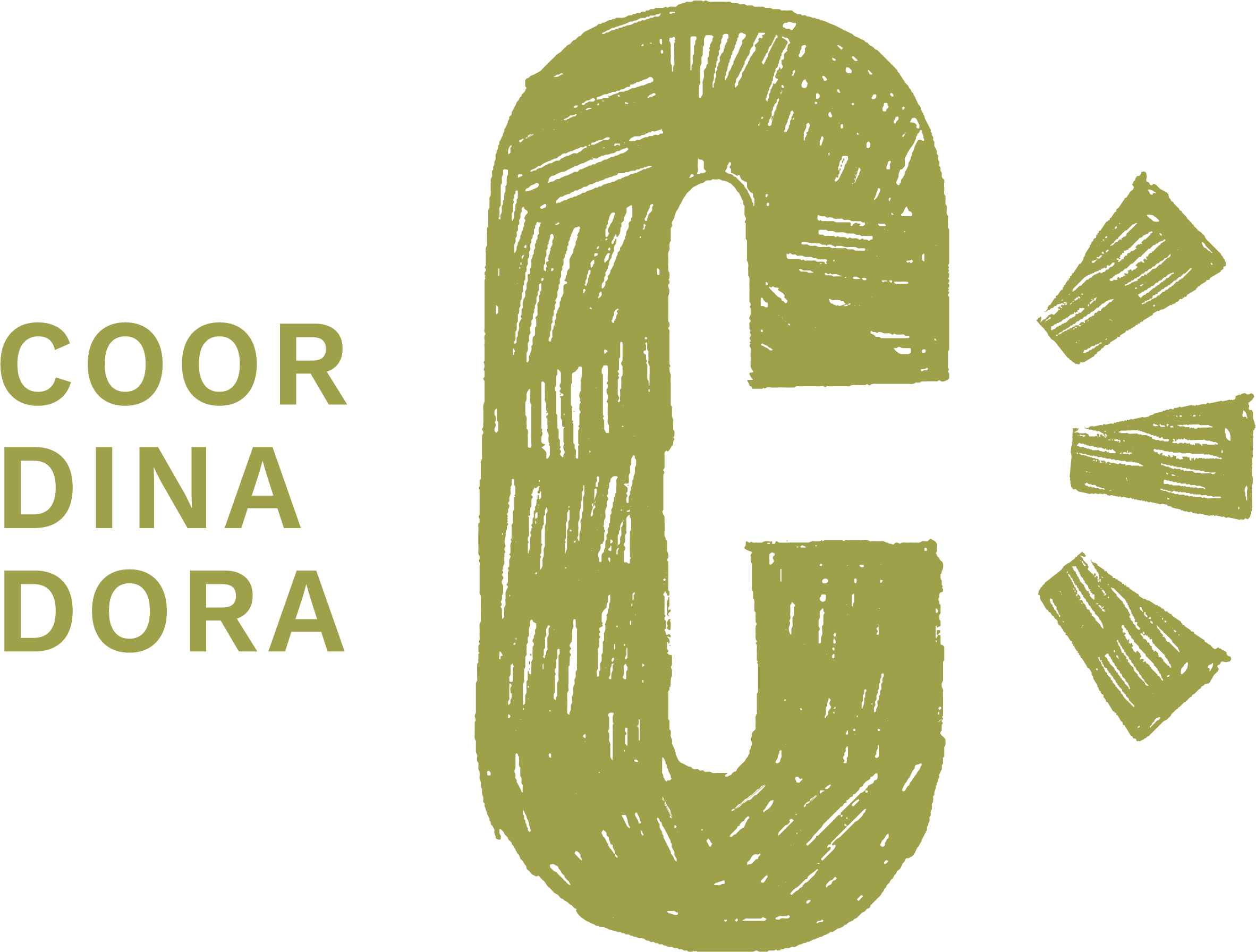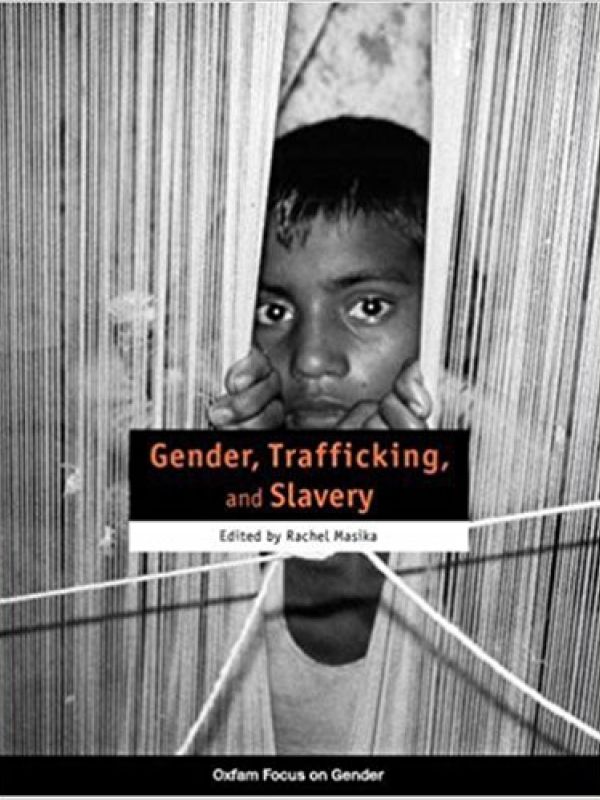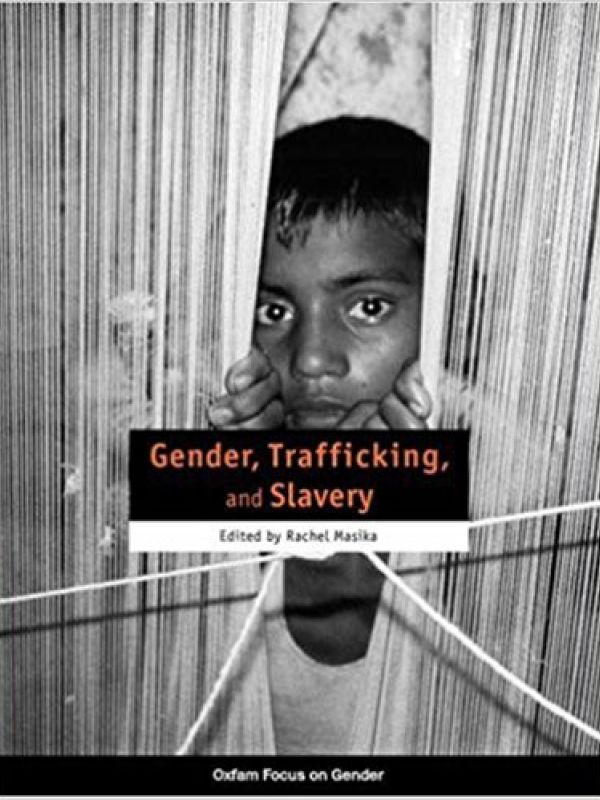Gender, trafficking, and slavery
This book explores areas of human experience that are highly complex and which evoke powerful and contradictory feelings among those attempting to understand them. The institution of slavery has a long and terrible history, and many view it as a purely historical phenomenon. Yet slavery remains widespread today, taking many forms, often clandestine. One aspect of modern slavery that elicits particular revulsion is the trafficking of women and young girls and boys into the sex industry, and this is the focus of many of the authors in this book.
"Gender, Trafficking, and Slavery " examines the operations of trafficking and other kinds of "modern-day" slavery, from a gender perspective. It explores the relationships between gender relations, poverty, conflict, and globalization that are driving today's slave trade. The authors provide an overview of what trafficking and slavery are, their magnitude, and their complexity. They introduce the key debates, competing definitions, and conceptual divides within this controversial subject. The search for solutions exposes the weaknesses in national and international legal frameworks intended to protect bonded workers and trafficked persons, and analyzes the attempts of development and human rights organizations to support those at risk, to create alternative livelihood options for them, and to help those who escape to rebuild their lives. The book includes case studies drawn from the Baltic States, West and Central Africa, Bangladesh, India, Nepal, Middle East, North Africa, and Western Europe.
| Dl | Dm | Dc | Dj | Dv | Ds | Dg |
| 1 | 2 | 3 | 4 | 5 | 6 | 7 |
| 8 | 9 | 10 | 11 | 12 | 13 | 14 |
| 15 | 16 | 17 | 18 | 19 | 20 | 21 |
| 22 | 23 | 24 | 25 | 26 | 27 | 28 |
| 29 | 30 | 31 |








